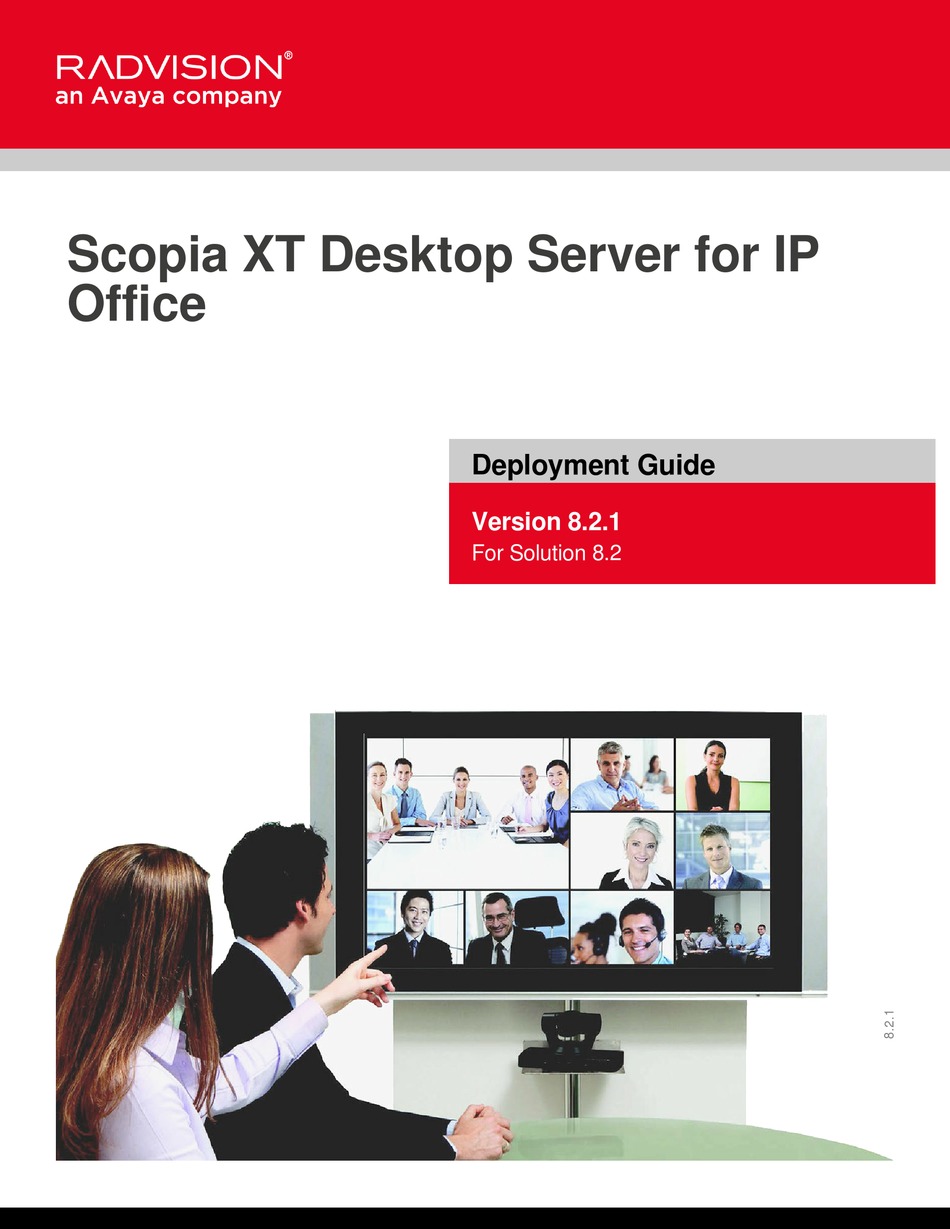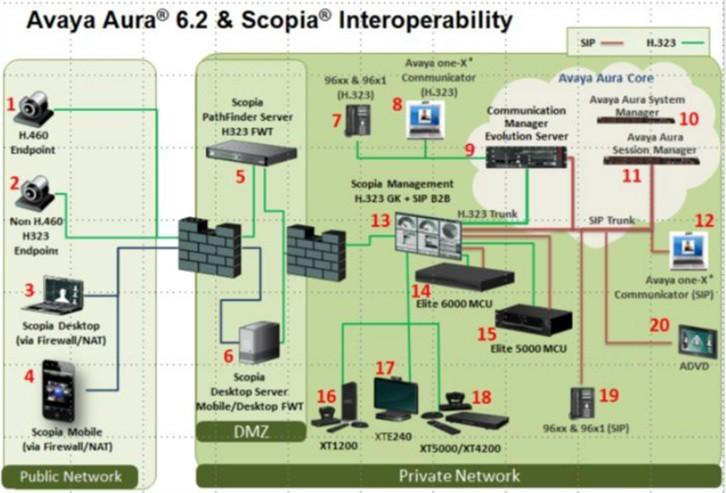

- #SCOPIA DESKTOP CLIENT USER GUIDE INSTALL#
- #SCOPIA DESKTOP CLIENT USER GUIDE LICENSE#
- #SCOPIA DESKTOP CLIENT USER GUIDE WINDOWS#
The Scopia XT5000 systems include the 5200 Advanced Telecommunications Computing Architecture (ATCA) carrier grade systems (52 systems), and the XT5100 systems (5120, 5115, 5110, and 5105). The XT5000 system also automatically scales bandwidth in unpredictable network environments during the video conferencing. The system is capable of dual 1080p/60fps live video content, HD Audio, H.264, Scalable Video Coding (SVC), along with iPad multi-touch control. The Scopia XT5000 is a unified communication video conferencing system with many video conferencing endpoint options. Plans were announced in June to integrate Radvision products with the Avaya Aura Unified Communication systems.
#SCOPIA DESKTOP CLIENT USER GUIDE LICENSE#
The following table shows which RDS CAL and license server versions are compatible with each other.On 30 April 2012 shareholders approved the acquisition of Radvision by Avaya for about $230 million.
#SCOPIA DESKTOP CLIENT USER GUIDE WINDOWS#
For example, a Windows Server 2016 RDS license server can host licenses from all previous versions of RDS, while a Windows Server 2012 R2 RDS license server can only host licenses up to Windows Server 2012 R2. Any RDS license server can host licenses from all previous versions of Remote Desktop Services and the current version of Remote Desktop Services.
#SCOPIA DESKTOP CLIENT USER GUIDE INSTALL#
You must install your RDS CAL on a compatible RD license server.

The following table shows which RDS CAL and RD Session Host versions are compatible with each other. For example, an RDS 2016 CAL or higher is required to connect to a Windows Server 2016 RD Session Host, while an RDS 2012 CAL or higher is required to connect to a Windows Server 2012 R2 RD Session Host. You can't use RDS CALs for earlier versions to access later versions of Windows Server, but you can use later versions of RDS CALs to access earlier versions of Windows Server. The RDS CAL for your users or devices must be compatible with the version of Windows Server that the user or device is connecting to. You can use the Remote Desktop Licensing Manager to track and generate reports on RDS Per User CALs. To ensure you are in compliance with the Remote Desktop Services license terms, track the number of RDS Per User CALs used in your organization and be sure to have enough RDS Per User CALs installed on the license server for all of your users. The Per User model would be best for environments where users have their own dedicated Windows device to access the RD Session Host(s). It's your responsibility to ensure that all of your users have a valid license and zero Over-Used CALs-otherwise, you're in violation of the Remote Desktop Services license terms.Īn example of where one would use the Per Device model would be in an environment where there are two or more shifts using the same computers to access the RD Session Host(s). The license server issues licenses from the available RDS CAL pool or the Over-Used RDS CAL pool. When you use the Per User model, licensing is not enforced and each user is granted a license to connect to an RD Session Host from any number of devices. The second time that device connects, as long as the license server is activated and there are available RDS CALs, the license server issues a permanent RDS Per Device CAL. When you use the Per Device model, a temporary license is issued the first time a device connects to the RD Session Host. RDS CALs can be overallocated (in breach of the Remote Desktop licensing agreement). Temporary RDS CALs are valid for 52–89 days. RDS CALs cannot be tracked within a workgroup.

RDS CALs can be tracked regardless of Active Directory membership. RDS CALs are tracked by the license server. RDS CALs are assigned to a user in Active Directory. RDS CALs are physically assigned to each device. The following table outlines the differences between the two types of CALs: Per Device License your RDS deployment with client access licenses (CALs).Use the following information to learn about how client access licensing works in Remote Desktop Services and to deploy and manage your licenses: Once the grace period ends, clients must have a valid RDS CAL issued by a license server before they can log on to an RD Session Host server. There is a licensing grace period of 120 Days during which no license server is required. If an appropriate RDS CAL is available from a license server, the RDS CAL is issued to the client, and the client is able to connect to the RD Session Host server and from there to the desktop or apps they're trying to use. The RD Session Host server then requests an RDS CAL from the Remote Desktop license server. When a user or a device connects to an RD Session Host server, the RD Session Host server determines if an RDS CAL is needed. You use RD Licensing to install, issue, and track RDS CALs. Applies to: Windows Server 2022, Windows Server 2019, Windows Server 2016Įach user and device that connects to a Remote Desktop Session host needs a client access license (CAL).


 0 kommentar(er)
0 kommentar(er)
